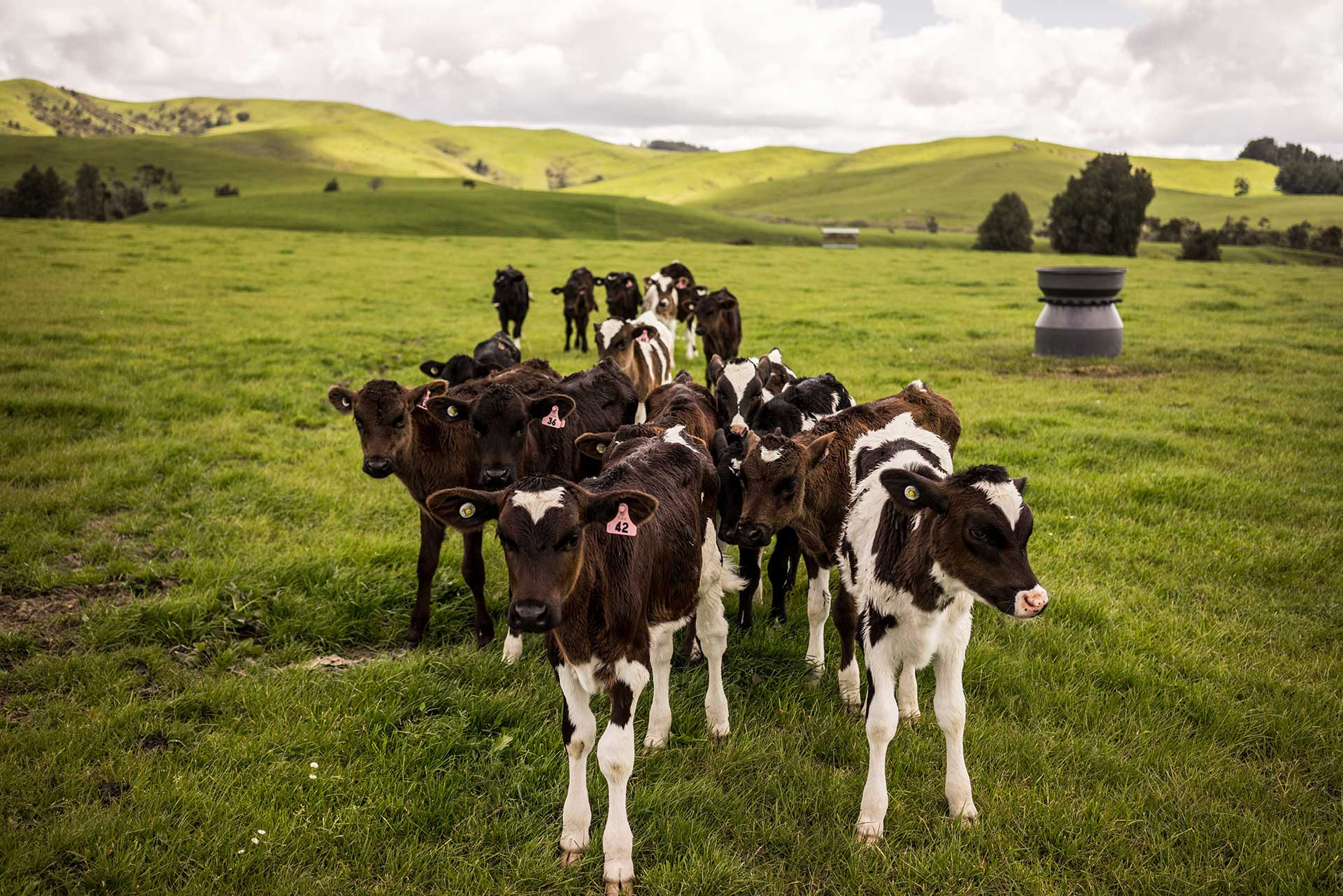National
India to develop 99 new coal projects while existing mines stay underutilised by 36 per cent
India, in its nationally determined contributions, announced that it targets to cut 1 billion tonnes of carbon emissions by 2030. Yet, a temporary coal shortage due to high electricity demand in the country has prompted the government to start developing 99 new coal projects. According to the report published by the Global Energy Monitor (GEM), the upcoming projects will put 165 villages and 87,630 families at risk of displacement. The report highlights how India has a 36 per cent underutilised coal capacity in its existing mines, equivalent to 433 MTPA (million tonnes per annum), which exceeds the proposed capacity of 427 MTPA. "New mines can’t solve the industry’s old problems," said Ryan Driskell Tate, project manager for GEM’s Global Coal Mine Tracker.
Read more: Net Zero by 2070: India still has 99 coal projects in pipeline | Down To Earth
Swachh Bharat Mission (Urban) 2.0 gets the ball rolling to clear legacy landfills
One of the targets of the Swachh Bharat Mission (Urban) 2.0, which launched a year ago, was the remediation of legacy landfills in the country. Any waste that has remained at a landfill for more than three months is considered 'legacy'. Preparations are currently underway, and a public dashboard on the progress at 2,200 such sites is in the offing, Housing and Urban Affairs Ministry officials said. Citizens will be able to access the portal and track the progress of their cities’ action plans for legacy landfills. The operation is expected to free up 15,000 acres of land. For example, the largest such landfill, in Mumbai, is spread over 300 acres and contains 2.60 crore tonnes of waste, cited the Ministry.
Read more: Preparations in full swing to clear legacy landfills by 2026 | The Hindu
India’s first Slender Loris sanctuary notified in Tamil Nadu
The first-ever sanctuary for the endangered Slender Loris in India will be set up in Tamil Nadu, in the districts of Karur and Dindigul, the Chief Minister's office announced on October 12, 2022. A total of 11,806 hectares of forest land will be merged to form the Kadavur Slender Loris Sanctuary. A small nocturnal mammal that spends most of its life on trees, it is a biological predator of pests in crops and benefits farmers. The move will hopefully protect its habitat and help in reducing its poaching.
More national headlines:
- Herpetofaunal survey finds capital wildlife division as a biodiversity hotspot | The Hindu
- Hanging solar fences to save jumbos in Odisha | Telegraph India
- New species of catfish discovered from Cauvery river | The Hindu
- Green Climate Fund to help revive mangrove ecosystem | The Hindu
International
Wildlife populations decline by 69 per cent in 50 years
Wildlife populations across the world have suffered a “devastating” decline in the past 50 years, according to World Wildlife Fund’s (WWF) latest Living Planet Report. The landmark report by WWF and the Zoological Society London (ZSL) shows the relative abundance—the rate at which species’ population sizes are changing—of wildlife populations fell on average by 69 per cent between 1970 and 2018. Wildlife populations in Latin America and the Caribbean saw the steepest decline at 94 per cent. Africa and the Asia-Pacific saw an average decline of 66 and 55 per cent, respectively. “The message is clear and the lights are flashing red,” WWF International Director General Marco Lambertini said in his foreword to the report.
Read more: ‘Lights flashing red’ for wildlife amid 69 per cent populations decline | Al Jazeera
New Zealand proposes taxing farmers for greenhouse gases produced by farm animals
The world-first scheme will see New Zealand's farmers pay for agricultural emissions by 2025. The country's farming industry accounts for almost half of its emissions. The money raised will be used to finance new technologies and research and as incentive payments for farmers, said Prime Minister Jacinda Ardern. The pricing is yet to be decided, but the government is of the opinion that farmers can make up the cost of the levy by charging more for climate-friendly produce. But farmers have been quick to criticise the plan; one lobby group said it would "rip the guts out of small-town New Zealand".
Read more: New Zealand proposes taxing cow burps to reduce emissions | BBC News









